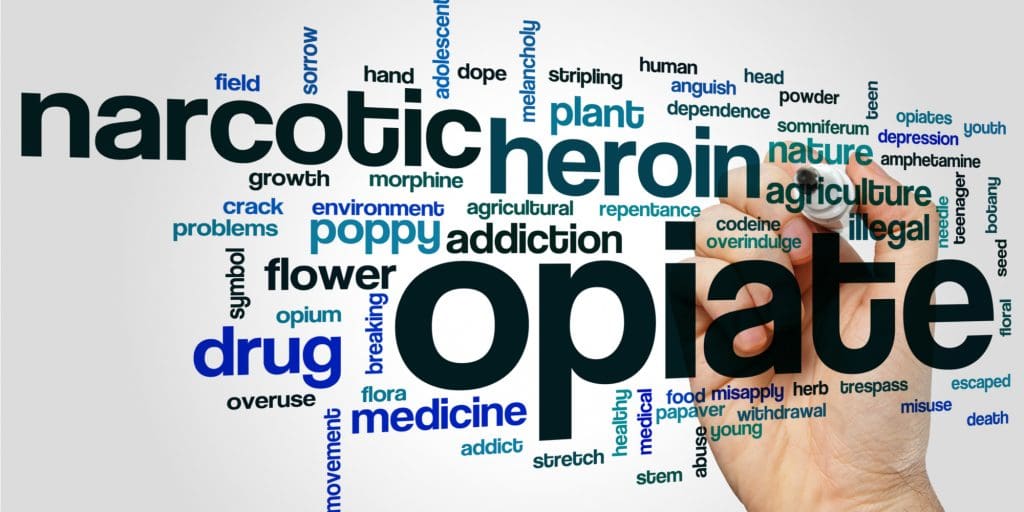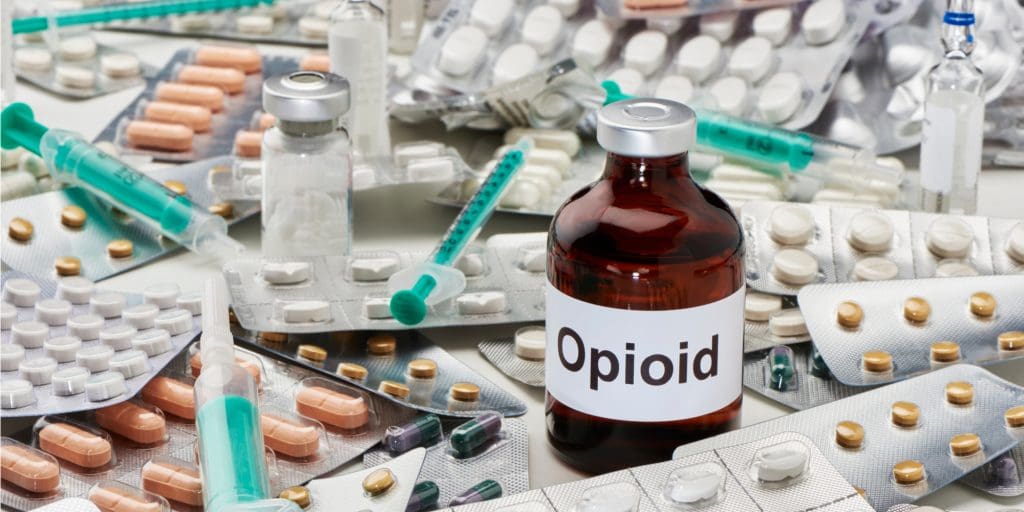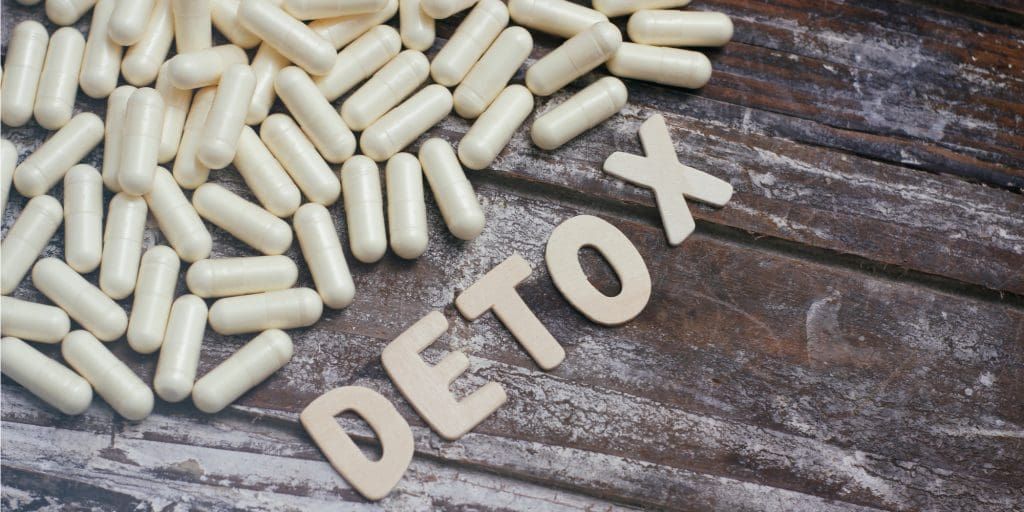When you’re ready to quit using opiates, the idea of opiate detox can feel daunting. This is often because of fear of withdrawals which will occur if your body is accustomed to opioid use, and they are stopped suddenly. However, it is important to remember that withdrawals are temporary, and recovery can last forever. Knowing what to expect from the opiate withdrawal timeline and how medical detox and addiction treatment can help alleviate concerns about treatment.

Opiates and opioids are types of drugs that include legal drugs like pain relievers, and illegal drugs, like heroin. The difference between opiates and opioids is subtle but notable. In short, opiates include drugs that are naturally derived from the poppy plant. Examples of opiates include codeine, morphine, and heroin. On the other hand, opioids are substances that are similar in chemical structure to opioids, but that are either partially or fully synthetic (man-made). There are many examples of opioid medication. More recognized examples of opioids include hydrocodone, oxycodone, and fentanyl. In general, the terms opiates and opioids are used interchangeably.
Ohio’s Opioid Epidemic in 2022
Ohio has a rich history with opioid use as the state was hit hard by the opioid epidemic of the 2000s. Fast forward to 2022 and Ohio still struggles to manage opiate addiction and overdoses. Unfortunately, the Coronavirus pandemic only worsened drug use as pandemic stress and stimulus incomes gave many a reason to use and a way of paying. These factors in combination with the opioid fentanyl being unknowingly mixed into much of the drug supply have resulted in record opioid overdoses.
Opioids are both mentally and physically difficult to quit. Due to the withdrawals that are experienced during the detox process, it is not recommended that quitting opioids is attempted alone or cold turkey. Rather, enlisting the help of medical professionals at a detox center coupled with supplemental addiction treatment is the preferred method of quitting opioids.
The Opiate Withdrawal Timeline: What to Expect

When you’re facing a drug detox, it is helpful to know what lies ahead. Understandably, each opiate detox experience is unique and dependent on specific drugs used as well as personal characteristics. However, there are some general patterns to experiences encountered along the opiate withdrawal timeline.
Phase 1: Six to 24 Hours After Last Use
The initial stage on the opiate withdrawal timeline begins approximately six to 24 hours after last use. Where in this range symptoms begin depends on whether the opioid was short or long-acting, with symptoms from the long-acting opioid taking longer to appear.
In general, the first round of symptoms is milder and include:
- Anxiety
- Irritability
- Muscle aches
- Hypertension
- Trouble sleeping
- Fever
- Profuse sweating
- Elevated heart rate
- Runny nose
- Drug cravings
This beginning phase of opiate withdrawal tends to get worse over the next few days, during the second phase of opioid withdrawal symptoms.
Phase 2: 24-72 Hours After Last Use
Around 3 days into opioid detox symptoms will begin to peak. Depending on the depth of opiate addiction, these symptoms can range from tolerable to intense. In general, they include:
- Body chills
- Vomiting
- Diarrhea
- Stomach pain
- Increased heart rate
- Depression
- Intensified craving
Usually, detox symptoms begin to wane after around three days. However, some could linger for another week or longer.
Phase 3: Post-Acute Withdrawal Syndrome (PAWS)
Overall, the opiate withdrawal timeline lasts less than two weeks. Symptoms lasting longer than 10-14 days can be considered post-acute withdrawals. These longer-lasting symptoms are thought to be caused by damage to the nervous system that occurred during drug use.
Examples of post-acute withdrawal symptoms include:
- Ongoing cravings
- Mood disturbances (depression, anxiety)
- Fatigue
- Insomnia
- Chronic Pain
- Problems with memory
- Either emotional apathy or hyper-emotional
- Lowered sex drive
While PAWS does lessen over time for many people, for others they can fluctuate long term. When dealing with PAWS it’s imperative to embrace a healthy routine and to try to focus on a positive mental state. Mental health professionals accustomed to dealing with PAWS can be a great resource during this time.
Medications for Opiate Withdrawal

Fortunately, opiate detox can be managed with medication that helps to lessen the severity of withdrawal symptoms. Medications commonly used during the opiate withdrawal timeline include:
- Methadone
- Buprenorphine
- Probuphine
- Lofexidine
- Clonidine
The goal of these medications is to reduce cravings and other withdrawals by tapering a person off of opiate use.
Beyond Detox: Residential Rehab and Dual Diagnosis
Successfully moving through the opiate withdrawal timeline will break the physical dependency on opioids. However, it is only the beginning of addiction treatment. To get to the heart of your drug addiction, residential rehab for substance abuse and any accompanying mental health disorders is highly recommended. It is in residential drug rehab that an intensive evaluation of your individual situational and psychological components to drug use occurs.
During your time in a dual diagnosis treatment program, a variety of treatment methods will be performed to help you address the reasons for your addiction while simultaneously attending to any lasting mental health disorders. In this way, you will be armed with healthy coping mechanisms that prepare you for life after rehab.
Mental Health and Addiction Help near Cincinnati, Ohio
Fortunately, the opiate withdrawal timeline only lasts a few weeks. At Georgetown Behavioral Hospital, we offer a variety of detox and treatment programs to help you take back control over your life. For example, our medically supervised detox program provides around-the-clock care by our team of medical professionals. Further, our detox and dual diagnosis programs include discharge planning and relapse prevention to address the psychological components after the opiate withdrawal timeline is complete. At our addiction treatment center, our treatment team uses evidence-based therapies that build long-term recovery skills, giving every patient the skills they need to remove the influence of addiction on their lives and allow them to start again.
To learn more about our accredited treatment programs, call our admissions team at 937-483-4930 or fill out our confidential contact form. With Georgetown Behavioral Hospital, you do not have to suffer alone with opiate addiction.















